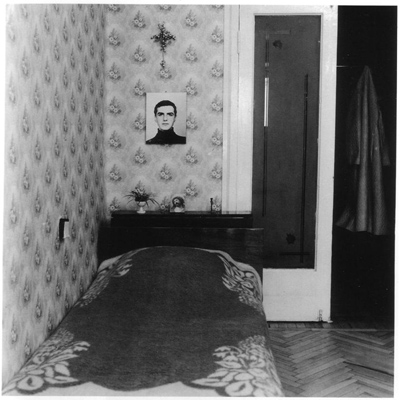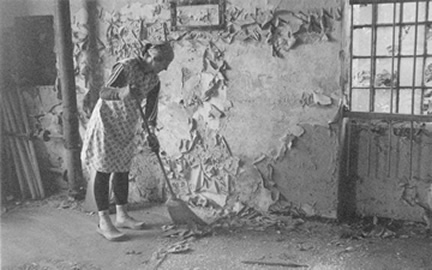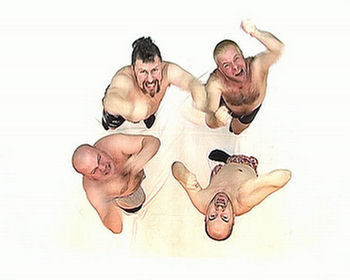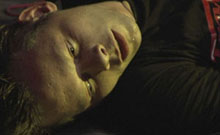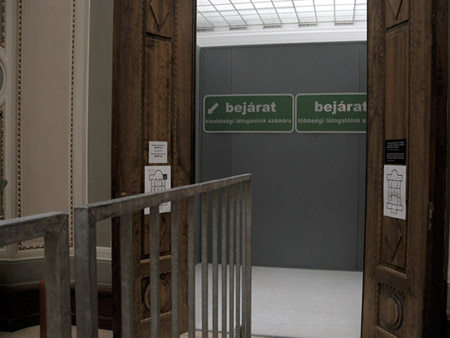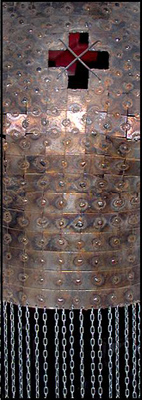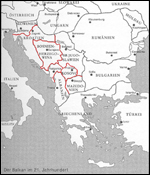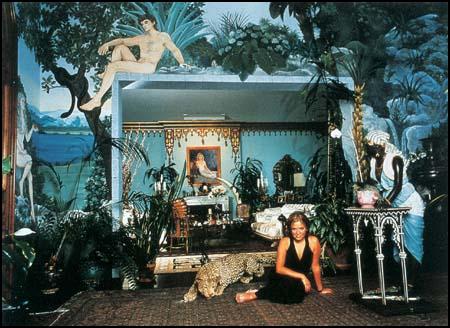New Photography from the Caucasus at ifa-Gallery (Stuttgart)
Spot on… 9 September – 23 October 2005, ifa-Galerie, Stuttgart.
Spot on… is the name for a series of exhibits instituted by the German ifa-galleries that selects pertinent works from previous Biennales and various photography festivals, with a preference for works from more “exotic” countries.(Past examples have been the Sharjah Biennale and Noorderlicht, presenting Arabian photography.)
The last Spot on… exhibition presented recent developments in Caucasian photography from Georgia, Azerbaijan, and Armenia. The focus of the exhibition was “to examine the subject of authenticity in photography from the perspective of the ‘documentary’”(See the web-site of the exhibition: … Read more

